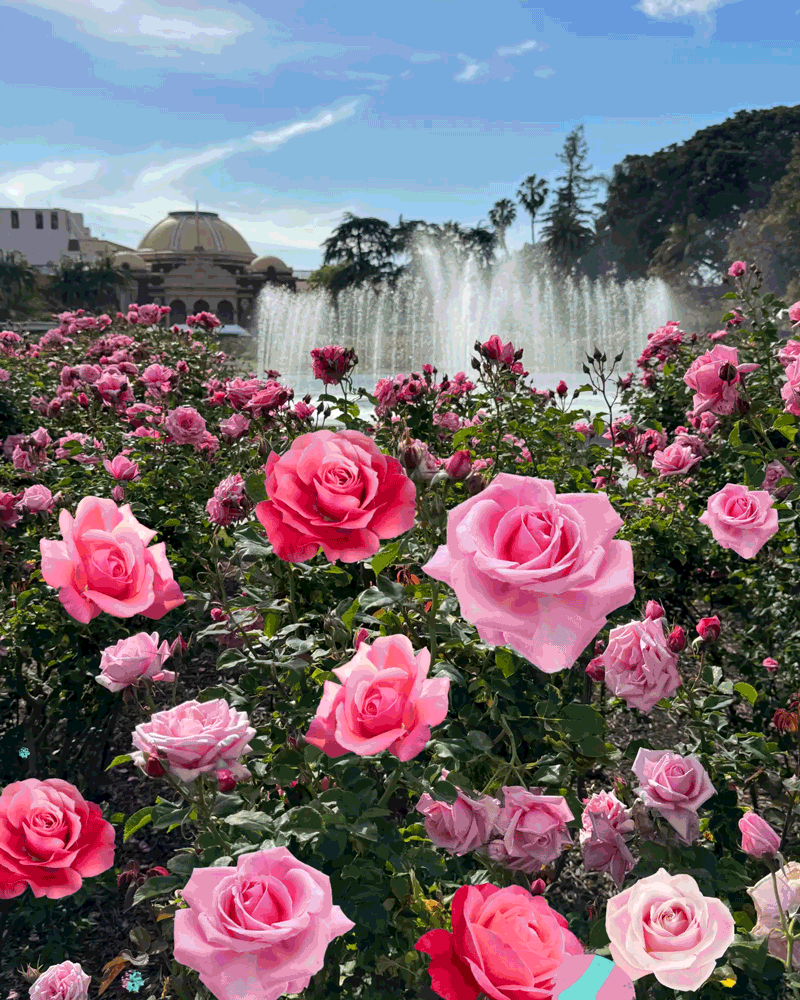Ornamental Grasses Grow in Popularity
- Share via
Ornamental grasses--the kind you don’t have to mow--have been on the back burner for several years, but this summer several large wholesale nurseries have moved them out front.
Ornamental grasses are an important constituent of European gardens, but in this country, they have largely gone unused. They are a strong accent with their distinctly vertical form. Used among mounding perennials or low shrubs, they look like delicate exclamation points.
If you want someone to look in a particular direction in your garden, plant a big ornamental grass and the eye will go to it immediately. Most look best in summer, so now is the time to find them at nurseries. But they are not that common yet, and it will take some looking.
The most common is the bronze-leafed fountain grass, Pennisetum setaceum Rubrum, or Cupreum. Unlike the more common green pennisetum that grows along our roadways, this one will not reseed itself in your garden. It will, however, grow to at least 4 feet and probably more. Because it has a fountaining form, it will also be that wide. When it gets too tall or too wide, some people cut it completely to the ground and let it start over.
There is also a dwarf fountain grass, Pennisetum alopecuroides Hameln, that grows to less than 2 feet and has delicate green leaves and the same fluffy foxtail-like flowers.
Eulalia grasses, Miscanthus sinensis , also grow to 3 or more feet. The most common is one called maiden grass, Miscanthus sinensis Gracillimus, that has long, slender leaves that make it look almost reed-like. My favorite is the variety Zebrinus, which has yellow stripes across the wider leaves. There also is a variety called Variegatus that has yellow strips running the length of the leaves.
Though the eulalias are tall grasses, I’ve found them easy to fit into a small garden because they are so upright. They’re great planted with the low-growing Pittosporum tobira Wheeler’s Dwarf. They will grow fine in shade (as long as it is not too dark) but tend to lean over in late summer and lie on their neighbors. In full sun they stay pretty vertical, though some of the flowering stems fall over (these I usually cut off).
Like all grasses, they enjoy lots of water, but also will do without. In the late fall, they turn completely tan, and I enjoy that fall-like feeling for a few weeks, then cut them completely to the ground. They return in spring. Eulalia grasses stay in dense clumps and do not spread, and are very easy to dig up, divide and share or plant in other parts of the garden.
The oddest grass I’ve grown looks dead all year. It always gets noticed by visitors because they think it’s dead and wonder why I haven’t pulled it out. When I explain that Carex buchananii is supposed to look like that and that they should see how pretty it looks growing among the scrub in New Zealand, I expect that they will jump at the chance to get a piece, but no one has yet accepted my offer to share.
So it surprises me that this grass would show up at nurseries, but it has. I saw a number of gallon cans at Roger’s Gardens in Corona del Mar, looking deader than doornails.
This grass actually is a sedge, and the leaves are narrow and tough and curled at the very tips. It grows only about 14 inches tall and as wide, and mine never have flowered. The leaves are not dead-brown in color but a reddish brown, and look extremely handsome in a similarly colored terra-cotta pot.
Containers are a great place to grow all these grasses, especially any you are not sure about. I tried one last year--a gray-leaved Elymus that quickly spread to become a menace. Had I left it in a pot, the garden would have been safe and I would have learned of its spreading nature.
Apparently not all Elymus are so invasive; the Santa Barbara Botanic Garden has introduced a dwarf native one they’ve named Canyon Prince that came from Prince Island off the north shore of San Miguel Island. It spreads, but slowly, and the gray leaves (2 to 3 feet tall) are extremely handsome. It grows in dry or watered parts of the garden and they say it will only spread to make a colony 3 to 9 feet across. Mine got to that 9 feet in about two months.
Other grasses are out there, waiting to be tried, so when you walk out the back door this morning, see if there isn’t a perfect spot, somewhere off in the distance, for a very vertical accent.






